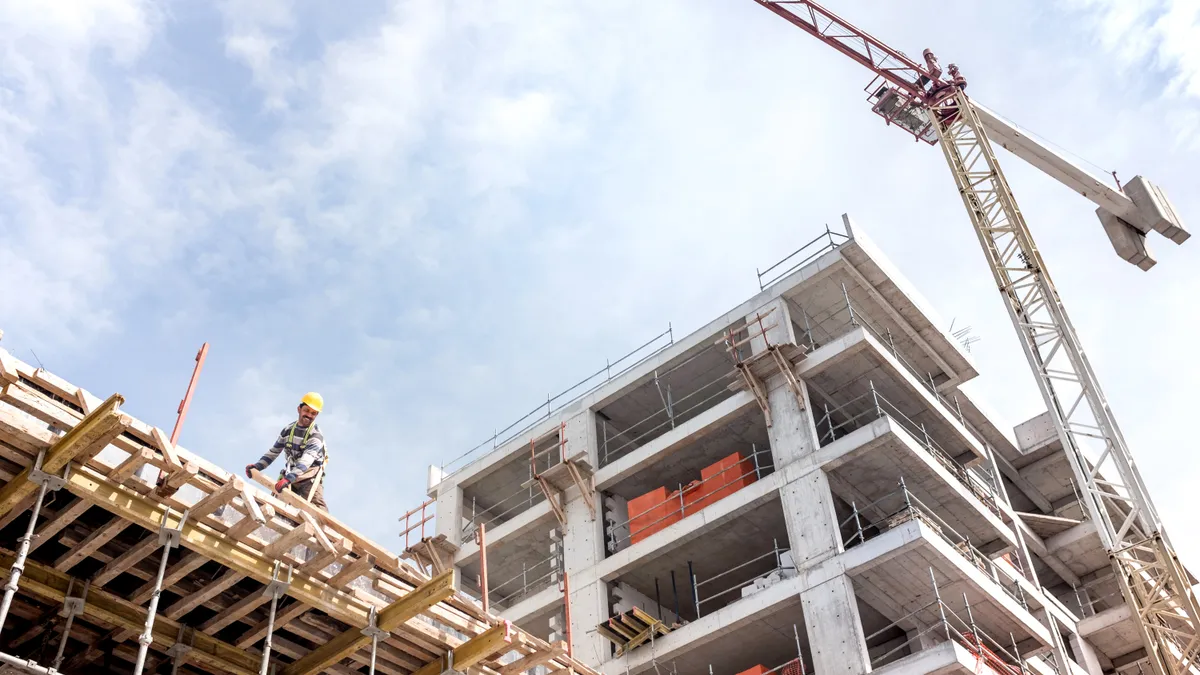In the ever-evolving world of real estate development and infrastructure, building a structure involves far more than simply laying bricks and mortar. Behind every residential home, office tower, hospital, or manufacturing facility lies a detailed approval process that ensures the safety, compliance, and functionality of that structure. One of the most important aspects of this process is obtaining the right permissions and documentation before and during the build. This often-overlooked yet crucial step is what the industry refers to as Construction Permitting.
Construction is not just about architecture or engineering—it is also about legal adherence, public safety, and sustainable development. Permitting is the gatekeeper that ensures the blueprint for a project aligns with laws, standards, and environmental responsibilities. Whether it’s a minor renovation or a major development project, having the appropriate permits in place is essential to moving forward with confidence.
Why the Approval Process Matters
Every construction project begins with a vision. That vision must then pass through a series of checks and evaluations before it can materialize into reality. This process is not just procedural—it is protective.
First, permitting ensures that the construction complies with safety regulations. These regulations are set in place to prevent structural failures, fire hazards, flooding, and other dangers. Second, the process ensures that a structure is in line with zoning laws, land-use plans, and environmental conservation efforts. Finally, it acts as a legal safeguard for all parties involved—homeowners, developers, architects, contractors, and the surrounding community.
Without a formal approval system in place, the integrity of the built environment could be compromised, leading to significant long-term consequences, both financially and socially.
The Purpose of Construction Permitting
Permitting exists to answer several essential questions:
- Is the building structurally sound?
- Does it meet fire, electrical, and plumbing codes?
- Does the project conform to land-use and zoning regulations?
- Has it considered environmental and public health impacts?
- Will it interfere with public infrastructure like roads and drainage systems?
The answers to these questions are not left to chance. They are scrutinized during the permitting process by government agencies, engineers, urban planners, and inspectors. Construction Permitting is the formal mechanism that brings accountability to construction projects, ensuring that buildings are safe, lawful, and appropriate for their intended use.
Understanding the Steps of the Permitting Process
The permitting process typically unfolds in several stages. Though each jurisdiction may have slight variations in procedure, the general steps remain consistent across most regions and types of construction.
1. Preliminary Planning and Research
Before any physical plans are drawn up, developers and property owners must gather information about the site and project scope. This may include land surveys, soil reports, environmental assessments, and zoning verifications. Understanding these factors upfront can help identify potential roadblocks early.
2. Design and Documentation
This is where architects and engineers come into the picture. They create detailed blueprints and design specifications that comply with current building codes and zoning laws. These documents must be accurate, comprehensive, and ready for professional review. The better the quality of the submission, the smoother the approval process tends to be.
3. Application Submission
Once the design is finalized, it is submitted to the local authority or building department for review. The submission includes forms, architectural drawings, structural calculations, environmental compliance data, and sometimes public notice postings. In more complex projects, permits may be required from multiple departments, such as fire safety, environmental protection, and utilities.
4. Plan Review
At this stage, the submitted documents are reviewed by experts in various disciplines. This team evaluates whether the proposed structure meets all legal and technical requirements. If discrepancies or violations are found, the application is either rejected or returned with revision requests. Plan reviewers may ask for modifications before granting approval.
5. Permit Issuance
If everything is in order, the permit is issued. This document must be kept on-site and may need to be posted visibly during construction. It is not just a piece of paper—it’s legal proof that the project has been approved and can legally proceed.
6. Inspections During Construction
Issuance of a permit does not mean the end of oversight. Throughout the building process, inspectors visit the site to ensure that the work aligns with the approved plans. These inspections may occur after foundational work, framing, electrical installations, plumbing, roofing, and just before occupancy. Failing to pass inspection can halt the project until corrections are made.
7. Final Approval and Certification
After construction is completed and all inspections are passed, the authority may issue a final certificate, such as a Certificate of Occupancy. This certifies that the building is safe for use and meets all regulatory requirements. Only then is the structure legally considered complete and usable.
Key Benefits of a Well-Managed Permitting Process
Managing the permitting process effectively can provide numerous benefits to all stakeholders in a project:
- Risk Reduction: Permits ensure safety and compliance, reducing the likelihood of accidents, litigation, or financial penalties.
- Streamlined Workflow: A clear, structured permitting process helps avoid unexpected delays and confusion during construction.
- Increased Market Value: Buildings with full legal documentation and inspections are more attractive to buyers and investors.
- Professional Credibility: Developers and contractors who consistently adhere to permitting standards gain trust and credibility within the industry.
- Future-Proofing: Proper permitting helps future-proof buildings by ensuring compliance with evolving codes and standards.
Challenges and How to Overcome Them
The permitting process, while necessary, can be time-consuming and complicated. Some common challenges include:
- Lack of Knowledge: Navigating the requirements for a permit can be overwhelming for first-time builders or small business owners.
- Documentation Errors: Incomplete or incorrect submissions are one of the leading causes of delay.
- Code Changes: Building codes evolve, and staying up to date is essential to remain compliant.
- Multiple Jurisdictions: Projects that span jurisdictions may require permits from multiple authorities.
- Public Objection: In some cases, public hearings or objections from neighboring properties can slow down or halt a project.
To overcome these challenges, it is advisable to work with experts such as architects, permit consultants, or legal advisors who specialize in Construction Permitting. Their knowledge can make the process smoother, faster, and more predictable.
The Role of Technology in Modern Permitting
Modern technology is transforming how permits are handled. Many cities and municipalities have shifted to digital platforms that allow applicants to:
- Submit applications and documents online
- Track the status of their applications in real-time
- Communicate with inspectors and reviewers through portals
- Receive digital copies of permits and approvals
These digital tools improve efficiency and transparency, reduce paperwork, and shorten approval timelines. As technology continues to evolve, we can expect even more automation, including artificial intelligence-driven plan reviews and data analytics that predict approval outcomes.
Building with Confidence
Permitting may not be the most glamorous part of construction, but it is undeniably one of the most important. It acts as a check-and-balance system for the construction industry, ensuring that buildings are safe, lawful, and in harmony with their surroundings.
When done correctly, construction permitting supports not just individual projects but the health and safety of entire communities. It encourages responsible development, sustainable building practices, and better accountability. For any developer, contractor, or property owner, understanding and respecting the permitting process is an investment in quality, safety, and peace of mind.





























